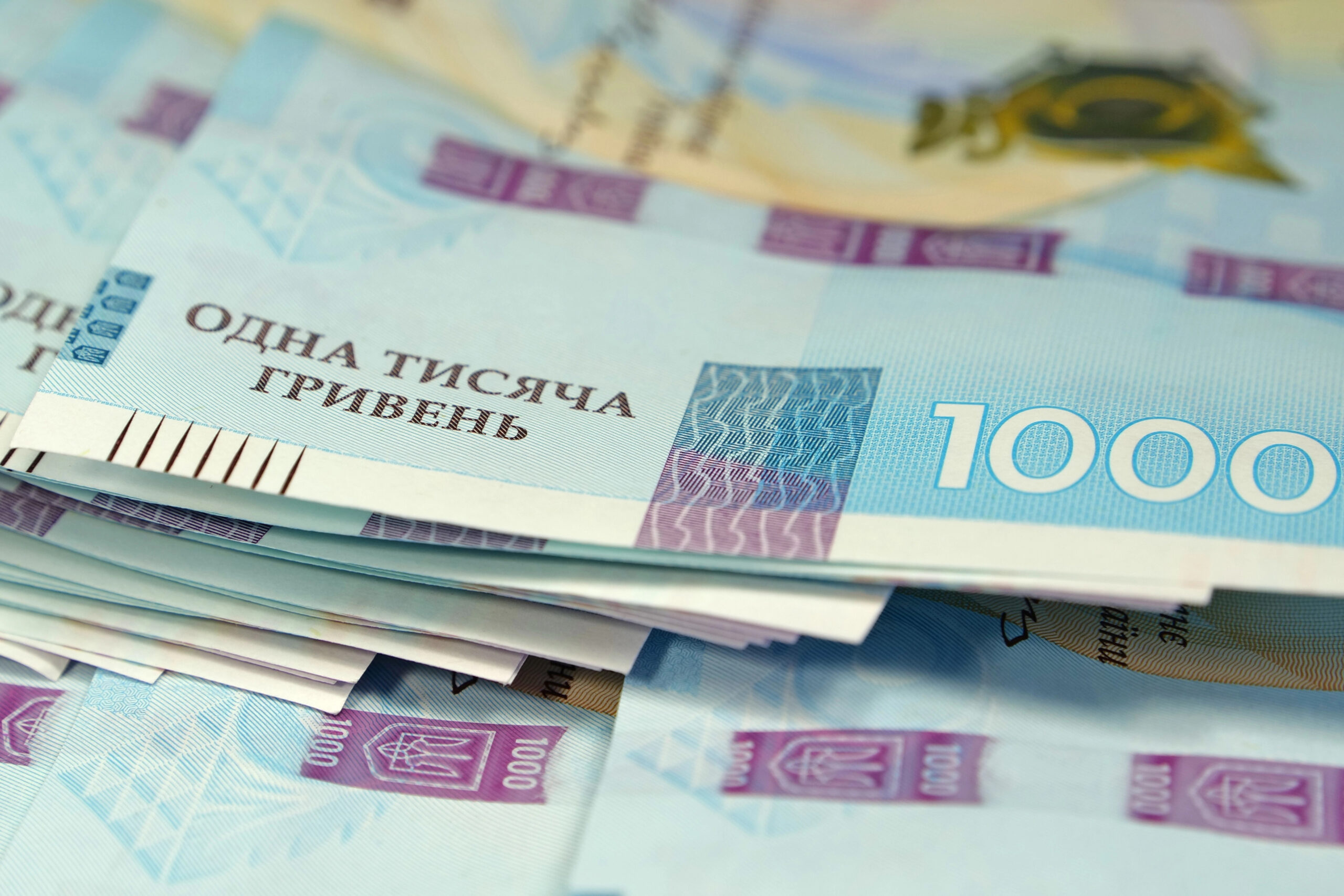Recently, the National Anti-Corruption Bureau of Ukraine (NABU) searched the National Bank of Ukraine (NBU). Apparently, the purpose of the search was to uncover evidence to establish whether the NBU’s refinancing program to banks during the 2014-2015 crisis led to losses of taxpayer money. Obviously, the taxpayers are entitled to know how their funds are spent and whether there is any abuse. However, before jumping to conclusions, we should understand the risks associated with refinancing troubled banks as well as why refinancing is provided.
First, the economics of refinancing is clear. At least since Walter Bagehot’s “Lombard Street: A Description of the Money Market”, economists know that in times of crisis the central bank should operate as the lender of last resort. With some oversimplification, the argument is as follows. Banks take short-term liabilities (deposits) and convert them into long-term assets (loans). Anyone can withdraw a deposit at a short notice, but liquidating a loan is a complicated and time consuming process. As a result, when depositors panic, banks simply may have no liquidity to satisfy withdrawal demands even if the quality of their loan portfolio is sound. Who would lend to a bank during a banking panic? The private lenders are unlikely candidates. Bagehot argued that the central bank should step in and provide liquidity to illiquid but solvent banks. If the central bank does not do it, banks fail and the whole economy can shut down. In short, the cost of denying refinancing (providing liquidity) to banks has most serious consequences and it is most appropriate that the NBU was acting as a lender of last resort.
Second, financial panics spread quickly and central bankers have only a few days, if not hours, to make a decision. Now imagine you have to examine a sophisticated financial institution with millions of transactions every day and complex loan portfolios and you have a day to determine whether the institution is solvent.
We now know that it took the National Bank of Ukraine many months (sometimes years) to determine the actual quality of loan portfolios of Ukrainian banks. This process took so long not because the NBU is lazy. Definitely, there were problems with central bank supervision over the years, but the problem took so many months chiefly because the Ukrainian banks were so epicly opaque.
Of course, we could wish the NBU had this information while making decisions to refinance but realistically this information was not available and, therefore, under enormous pressure decisions were made with imperfect information.
Third, we should appreciate the calculus of decisions to refinance banks. The downside of declaring a potentially healthy institution bankrupt is very costly (depositors can lose money, flow of payments is halted, firms lose access to funding, etc.). At the same time, providing liquidity to an insolvent bank means that taxpayers’ money is likely lost (similar to other central banks, the NBU tries to minimize this issue by requiring good collateral). Of course, the central bank does not want to err on either side but it is clear that there is a painful trade-off. In simple terms, the central bank should answer the following simple questions. Would you risk losing a billion hryvnias to stop a panic by giving money to a potentially insolvent bank? Or would you allow a bank to go under and accept the risk that this bankruptcy can drown other banks, amplify the panic, and stall the economy? Historically, central banks preferred to lose “a billion hryvnias” rather than face a possible collapse of the economy. In other words, the costs are asymmetric. It may seem that a “billion hryvnias” is a lot of money but it is only a small fraction of what may be lost in a banking panic. For example, during the Global Financial Crisis, central banks poured unprecedented amounts into the financial system to ensure that it does not collapse (during the Great Recession, the U.S. government and Federal Reserve System gave AIG alone more than 180 billion dollars to bail out this systemically important institution and ensure that it does not collapse and does not cripple the rest of the financial system in the U.S.). Mario Draghi famously said that the European Central Bank would do whatever it takes to save the euro (in practical terms this meant buying assets of potentially dubious quality). And by providing liquidity to troubled institutions, central banks enter a political minefield. For example, Ben Bernanke, the chairman of the Federal Reserve System, was accused of treason for his efforts to save the U.S. financial system by “printing money” (that is, providing liquidity to the system). I do not know how the NBU weighed its options but I would not be surprised if the NBU followed the practice of other central banks.
Fourth, during the crisis, the NBU operated in an extremely difficult environment: a banking panic, a run on the hryvnia, a contracting economy, de facto war, etc. Given these circumstances (“fog of war”), it could be nearly impossible to find if the central bank made honest mistakes or purposeful abuses.
However, it should also be clear that if the central bank lends money to a financial institution to ensure its liquidity and the institution tunnels away the money rather than uses the money to tame the panic, the responsibility (or at least a very large part of it) lays at the door of the institution rather than the central bank.
Indeed, if a doctor gives a medicine to a very sick patient and the patient abuses the medicine, who is responsible for the outcome? Maybe it’s the doctor (the NBU). Maybe, it’s the patient (a failing bank). In any case, I have not heard of bankers or bank owners (the patients) sentenced for taking the NBU’s money and then going bankrupt.
In summary, the Ukrainian reality is such that when best intentions of the central bank collide with the intricacies of Ukrainian banks, one should be prepared for unexpected outcomes. Perhaps in the future when economic historians describe what happened during the crisis, we will learn in great detail who did what as well as the motives of the main actors. Yet, it is clear now that one cannot convict the NBU for lack of trying to save the economy from the worst.
Attention
The author doesn`t work for, consult to, own shares in or receive funding from any company or organization that would benefit from this article, and have no relevant affiliations



